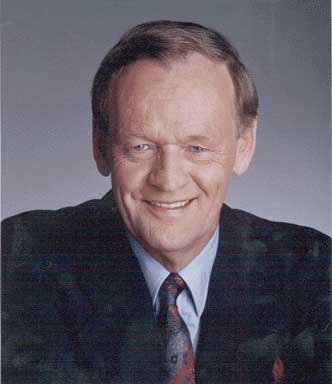In this case, the term actors refers to the individuals or the groups that play some role in this movement(Young-Leslie). This can be both supporters of the movement and those that support the dispersal of the movement. In the case of the Native Sovereignty Movement here are the actors that I have found:
The Indian Act
While not a group or an individual the Indian Act has a large effect on the Native sovereignty movement. The full document here from the Department of Justice.
This is the document that is still used today to determine who is Native and what rights they have, of course there has been some changes, such as it use to be that if a status native woman married a non-native (even a non-status native) she would lose her status.
Jean Chrétien
The Indian Act
 |
| Courtesy of Where Are The Children Collection |
This is the document that is still used today to determine who is Native and what rights they have, of course there has been some changes, such as it use to be that if a status native woman married a non-native (even a non-status native) she would lose her status.
Jean Chrétien
 |
| Courtesy of National Archive of Canada : Joseph Jacques Jean Chrétien. © Office of the Prime Minister |
Before Jean Chrétien became Prime Minister, he was the Minister of Indian Affairs and
Northern Development. In 1969, he proposed The White Paper; a government paper that proposed that Native people should have exactly the same rights as any other Canadian citizen: no less, no more. The White Paper would abolish the Indian Act. In a statement on The White Paper, Jean Chrétien said "to be an Indian must be to be free - free to develop Indian cultures in an environment of legal, social and economic equality with other Canadians"(http://www.aadnc-aandc.gc.ca/eng/1100100010189). This link will lead you to the government's website where you can read the white paper: Here.The White paper was not met with the support that Chrétien hoped. Indian Chiefs of Alberta published a foundational document stating that :
American Indian Movement (AIM)
In 1968, the American Indian Movement was founded in Minneapolis. Inspired by Custer Died For Your Sin by Vine Deloria Dennis Banks, Clyde Bellecourt, Eddie Benton-Banai, and George Mitchell banded together under the common hope to fight the injustices that had plagued the native people(Chapman, 2010). One of the first well-known events that AIM was involved with was the Trail of Broken Treaties wherein AIM leaders created twenty demands to present to the government; one of which being the demand for recognition as sovereign political groups.
This group often uses standoffs or occupies areas but they have time and time again made the American government notice them.
Other groups:
Native American Rights Fund(NARF)
Work Cited
Chapman, Robert
2010. Culture Wars. Armonk, N.Y M.E Sharpe
Dr. Young-Leslie, Heather. Lecture slides. Feb. 6th. "Social Actors".
Indian Chiefs of Alberta
1970 Citizens Plus. Electronic document.
http://ejournals.library.ualberta.ca/index.php/aps/article/view/11690/8926
Jean Chrétien facts
National Archive of Canada. Electronic document. http://www.collectionscanada.gc.ca/2/4/h4-3505-e.html
"We have studied carefully the contents of the Government White Paper on Indians
and we have concluded that it offers despair instead of hope. Under the guise
of land ownership, the government has devised a scheme whereby within a
generation or shortly after the proposed Indian Lands Act expires our people
would be left with no land and consequently the future generation would be
condemned to the despair and ugly spectre of urban poverty in ghettos."(pg 189)
I should mention that if you do go read either of these documents, please be advised that this was pior to popular societies adoption of the term native or aboriginal so they do use the term indian but it is not meant in the derogatory sense.American Indian Movement (AIM)
 |
| Courtesy of AIM |
This group often uses standoffs or occupies areas but they have time and time again made the American government notice them.
Other groups:
Native American Rights Fund(NARF)
Work Cited
Chapman, Robert
2010. Culture Wars. Armonk, N.Y M.E Sharpe
Dr. Young-Leslie, Heather. Lecture slides. Feb. 6th. "Social Actors".
Indian Chiefs of Alberta
1970 Citizens Plus. Electronic document.
http://ejournals.library.ualberta.ca/index.php/aps/article/view/11690/8926
Jean Chrétien facts
National Archive of Canada. Electronic document. http://www.collectionscanada.gc.ca/2/4/h4-3505-e.html
No comments:
Post a Comment